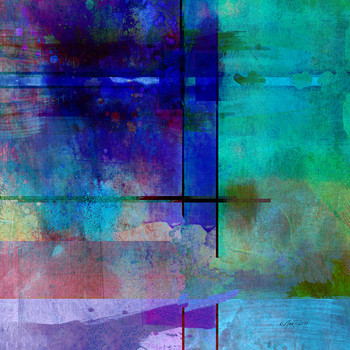Three numbers form a arithmetic sequence whose common difference is 3. if the numbers are increased by 2,5,& 9, respectively, the resulting numbers form a geometric sequence. which of the following gives the common ratio of the resulting geometric sequen?
1 Answer
Explanation:
the first sequence (the arithmetic sequence, common difference
where
if the numbers are increased by
the geometric sequence, then, is
since the sequence is geometric with a common ratio, it is known that the same common ratio is multiplied by a term each time, to get the next term.
if these are rearranged:
since the two left-hand expressions are the same, we know that
since
hence,
expanding brackets on either side gives
subtracting
subtracting
and multiplying by
using this, we can find that the geometric sequence, with the three terms
using this,
hence, the common ratio is

